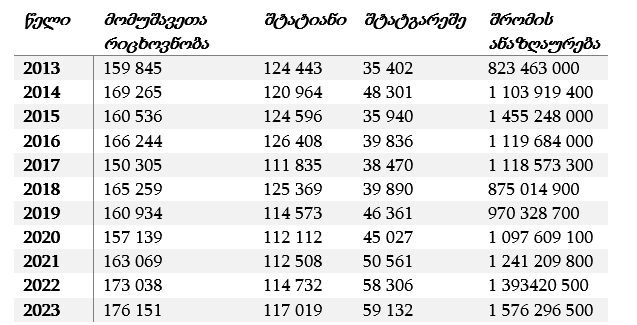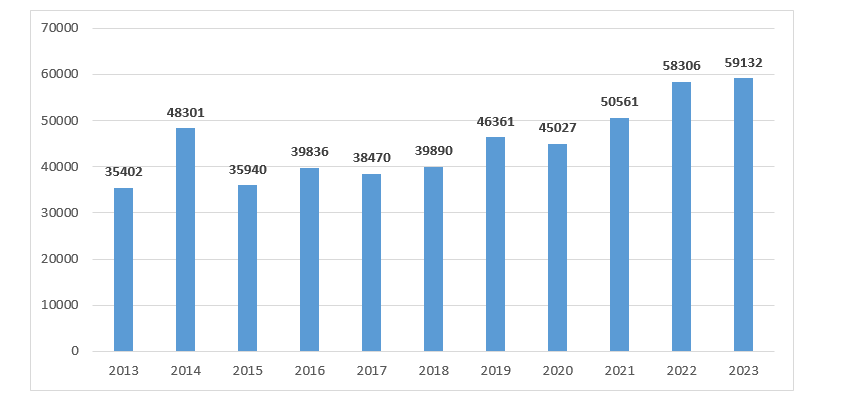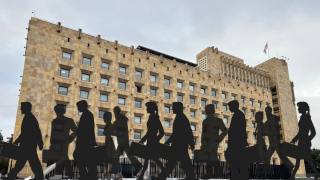Politicians often emphasise that the number of employees in state LEPLs and NNLEs is inflated, proposing that the aforementioned jobs are taken by those affiliated with or loyal to the ruling party.
FactCheck aims to determine the annual dynamics of the NNLE and LEPL employees during the governance of the Georgian Dream political party.
Table 1: Number of Employees in State LEPLs and NNLEs and Their Salaries

Source: Ministry of Finance, Budget Execution Reports
The number of individuals employed in LEPLs and NNLEs increased by a substantial 9420 in 2014, additionally met with a salary increase of GEL 280.5 million. It is noteworthy that the number of permanent employees declined in 2014 as compared to 2014 whereas the number of supernumerary employees increased significantly by 12,899. Whilst the number of employed individuals decreased in the subsequent year, salaries increased. An upward trend can be observed each consecutive year since 2019, excluding 2020, the year of the pandemic.
The Law of Georgia on Public Service defines a supernumerary employee as an individual appointed or recruited on the basis of an employment agreement for a specific period of time to perform temporary work (Article 8).
Employment of supernumerary workers is typically characterised by easier procedures (as compared to permanent employees who are hired under competitions), hence increasing chances of nepotism and employment based on underlying political factors. Therefore, it is crucial to draw attention to the dynamics of supernumerary employment.
Graph 1: Number of Supernumerary Employees in State LEPLs and NNLEs

Source: Ministry of Finance
As highlighted by the data above, the number of supernumerary workers either increased or decreased throughout the years before 2020, hence a specific tendency is not outlined. However, the statistics highlight an upward trend since 2020 with a peak observed in 2022 when the number of supernumerary employees had increased by 7745 or 15.3% as compared to the previous year.
Furthermore, the number of supernumerary workers in spending institutions usually exceed the legal bound. The aforementioned topic is further discussed in the research by Institute for Development of Freedom as well as audit reports.
Additionally, audit reports highlight the instances when the objective necessities of establishing certain municipal LEPLs and NNLEs are not appropriately defined whereas the functions of legal entities established in these municipalities coincide with the official work of local legal authorities or other NNLEs. Furthermore, the necessary working conditions are not provided to some NNLEs.
Moreover, audit reports also underline that the number of employed individuals in LEPLs and NNLEs usually lack logic as the necessity of employing more workers is not justified. Apart from the aforementioned, functions of employees often coincide.
Considering all of the above, it can be concluded that the number of individuals employed in municipal NNLEs and LEPLs has been increasing since 2020. A significant upward trend is observed regarding supernumerary employment, marking a noteworthy tendency due to the simplicity of employing supernumerary workers as compared to permanent workers, making it easier for political parties to employ individuals based on political activity, hence allowing them to use the organisation for political purposes.







